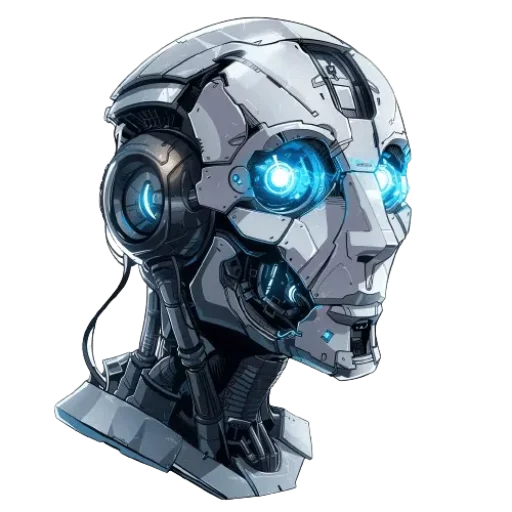Key findings
Wind Energy Engineers harness the power of the wind to generate electricity.
They use skills like critical thinking, mathematics, and science to design and optimize wind energy systems.
GenAI is set to enhance their work by automating routine tasks like data analysis and system optimization, allowing engineers to focus on complex problem-solving and innovation.
While AI will streamline processes and improve efficiency, it won’t completely transform the role of Wind Energy Engineers, as human expertise and creativity remain essential in this field.
How could AI or automation replace or complement job activities?
While AI, automation, or advanced language models like Chatgpt could enhance processes for Wind Energy Engineers, they may not fully replace the human touch needed in activities such as optimizing wind farm layouts or providing technical support for prototype turbines.
These technologies could improve efficiency in tasks like designing access roads or testing equipment, but the engineer’s expertise in analyzing performance, ensuring compliance, and problem-solving remains crucial.
For instance, AI could assist in modeling wind farm layouts for optimal performance, but human engineers would still be essential in interpreting and implementing these models effectively.
Job description
Designing underground or overhead wind farm collector systems and preparing site specifications.



0 Comments